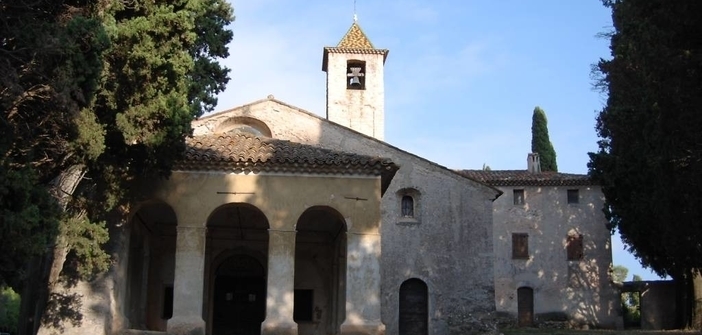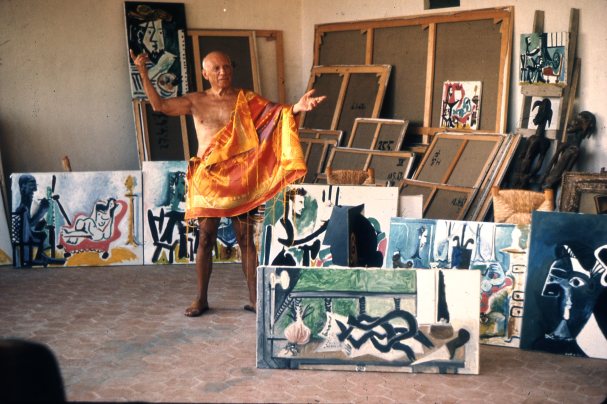Today, it is neither a chapel nor a church, but a museum dedicated to Picasso. Let’s take a leap back in history to the dawn of the Christian era.
Gallo-Roman inscriptions and a votive altar from the 3rd century testify to the existence of a very ancient human community. The bell tower of the chapel of Notre Dame de Vie dates from the 11th century. In Lombard Romanesque style, it predates the existence of the chapel.
The name of Notre Dame is mentioned for the first time in a papal bull by Pope Alexander IV in 1259. The chapel, Mougins, and three churches: Saint Jacques, Saint Mary, and Saint Martin, are dedicated to the Abbey of Lérins. In 1519, the chapel is called Notre Dame de Villevieille.
It is only in 1656 that it takes the name of Notre Dame de Vie. Its architecture is a typical example of rural religious buildings from the 13th century. The building threatened to ruin and was rebuilt in 1654. Its dedication is explained by its function. In the 17th century, stillborn children were brought to Marian sanctuaries, where, hence the name of respite, they would come back to life for the time it takes to baptize them.
In 1730, Monsignor d’Anthelmy, Bishop of Grasse, condemned this practice. Although it ceased at Notre Dame de Vie after 1764, it continued in the French countryside until the First World War. In 1755, the Penitent Whites of Grasse, following a vow, made a pilgrimage from their chapel Saint Michel to Notre Dame de Vie.
This chapel is rich with numerous ex-votos, from parents who were able to have their children baptized, thanksgivings, granted graces, or other expressions of popular devotion. One thinks here of Christ’s words: “Unless you become like little children…”
A slab covering the burial of the little bodies bears this epitaph: Here rest little innocents who died at birth. R.I.P. The hermitage of Notre Dame de Vie was once owned by the Guinness family. Picasso acquired it in 1961 after his marriage to Jacqueline.
It is here that he created his last works until his death on April 8, 1973. Today, the religious and the secular intertwine between the history of this chapel and Picasso. Notre Dame de Vie was restored for the first time after the artist’s death and again in 2012.
The place retains this spiritual aura while sharing the intimacy of Picasso through photos by his friend Lucien Clergue.
Thierry Jan




